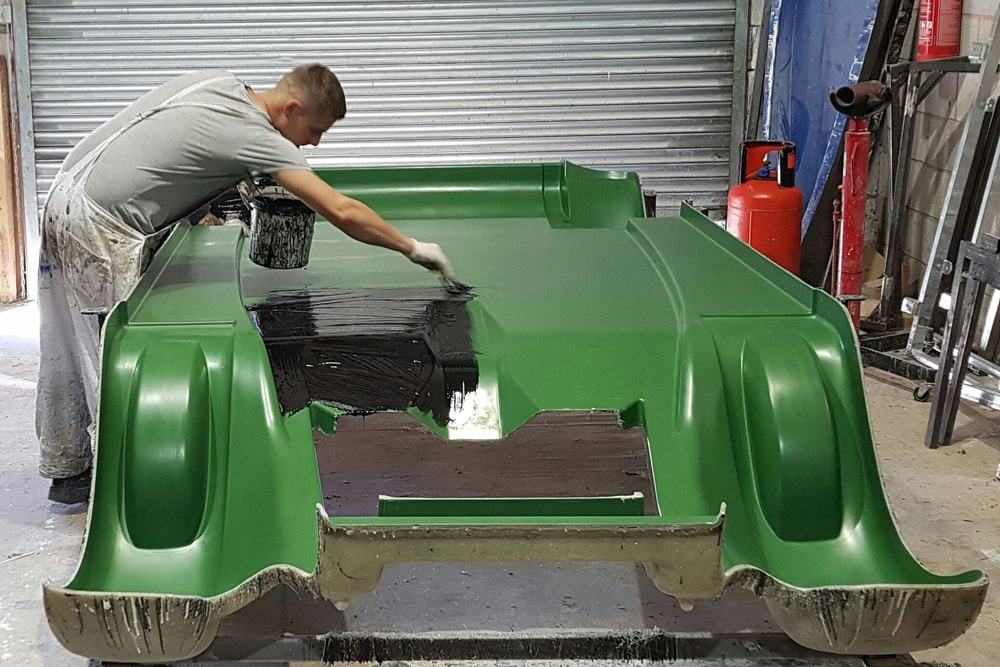Glass Reinforced Plastic (GRP), commonly known as fiberglass, has become a cornerstone material in various industries, thanks to its remarkable versatility, durability, and cost-effectiveness. GRP mouldings in particular, have opened up a new realm of possibilities in construction and design, offering an innovative solution that combines aesthetic appeal with exceptional performance. This article delves into the world of GRP mouldings, highlighting their benefits, applications, and the transformative impact they have on modern construction and design practices.
The Advantages of GRP Mouldings
GRP mouldings stand out for several compelling reasons, making them a preferred choice for architects, designers, and engineers:
- Durability: GRP is known for its high tensile strength and resistance to corrosion, impact, and environmental factors, such as UV radiation and harsh weather conditions. This makes GRP mouldings ideal for both indoor and outdoor applications, ensuring longevity and minimal maintenance requirements.
- Lightweight: Despite their strength, GRP mouldings are remarkably lightweight, facilitating easy handling, installation, and transportation. This attribute significantly reduces overall project costs and simplifies the construction process.
- Versatility: The flexibility of GRP allows for the creation of mouldings in an endless array of shapes, sizes, and finishes. This versatility enables custom designs that can mimic the appearance of more traditional materials like wood, stone, or metal, offering creative freedom to meet specific aesthetic goals.
- Cost-Effectiveness: When compared to traditional materials, GRP mouldings offer a cost-effective alternative due to their durability, reduced installation time, and lower maintenance needs. This makes them an economical choice for a wide range of projects.
Applications of GRP Mouldings
The unique properties of GRP mouldings make them suitable for diverse applications across various sectors:
- Architectural Features: GRP mouldings are extensively used to create architectural elements such as cornices, columns, facades, and decorative panels. Their ability to replicate the look of traditional materials makes them particularly valuable in restoration projects or when matching existing architectural styles.
- Automotive and Marine: In the automotive and marine industries, GRP mouldings are utilized for components that require a combination of lightweight and strength, such as body panels, dashboards, and hulls.
- Industrial and Infrastructure: GRP’s resistance to chemicals and environmental factors makes it suitable for industrial applications, including chemical storage tanks, piping, and cladding for structures in corrosive environments.
- Public and Recreational Spaces: GRP mouldings are used in the construction of public artworks, playground equipment, and outdoor furniture, benefiting from their durability and the ability to create vibrant, long-lasting colors.
The Future of GRP Mouldings in Construction and Design
The future of GRP mouldings in construction and design is promising, with ongoing advancements in manufacturing techniques and material technology further enhancing their appeal. The drive towards sustainable building practices also positions GRP mouldings as a favorable option, given their longevity, energy efficiency in production, and potential for recycling.
Conclusion
GRP mouldings represent a fusion of form and function, offering a durable, versatile, and cost-effective solution that has revolutionized construction and design. Their wide range of applications underscores the material’s adaptability and potential to meet the evolving needs of modern projects. As the industry continues to embrace innovative materials and technologies, GRP mouldings will undoubtedly play a pivotal role in shaping the built environment of the future, blending aesthetic aspirations with the demands of sustainability and performance.

